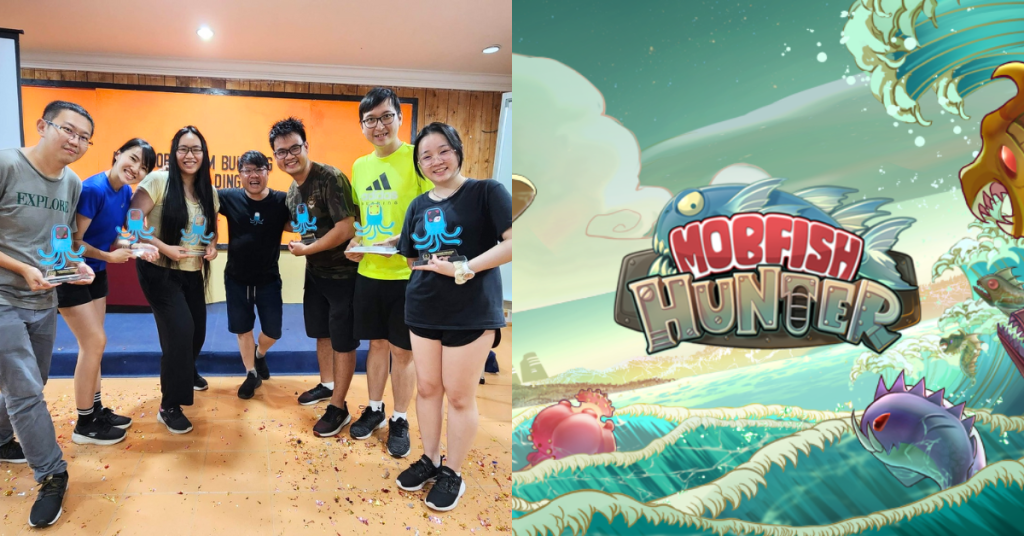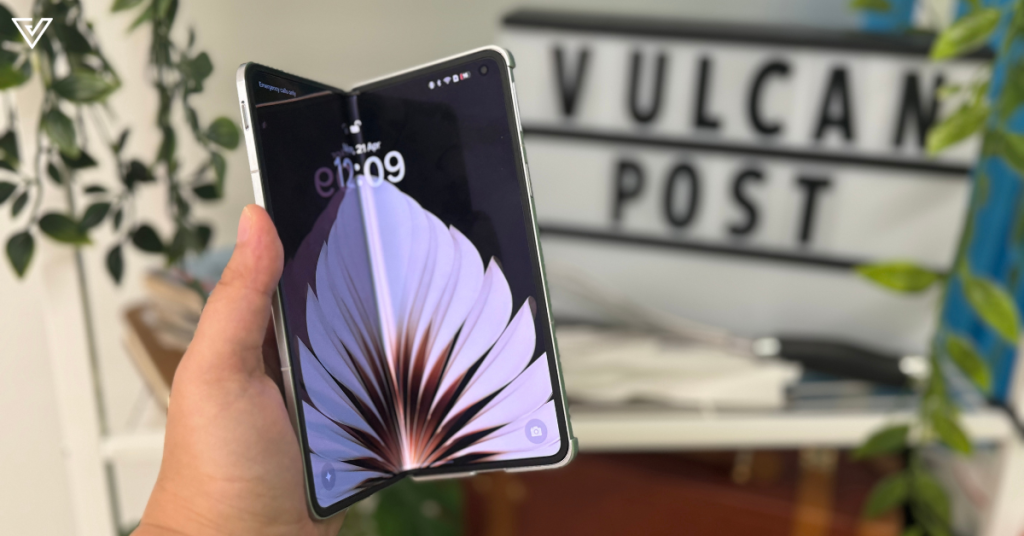If you remember the original Jurassic Park, there was this portion in the beginning of the movie about how the dinosaurs were created. There was this bit about DNA and frog eggs, and then they showed a baby velociraptor being born. Since Jurassic World releases in cinemas worldwide this week, let us go back and answer the fundamental question once again — how were these extinct creatures cloned? — and maybe look into the basics of what DNA and cloning are.
DNA, Cloning, and a Sheep Named After Dolly Parton
DNA, or Deoxyribonucleic acid, is a molecule which contains the blueprint of an organism down to every detail. In the embryonic stage, which happens just a few steps after fertilisation, the DNA contains all the information that determines what cells grow into. DNA usually consists of 4 bases: guanine (G), adenine (A), thymine (T), and cytosine (C). The unique combination of these give rise to different organisms.
We share some parts of our DNA with our parents, that’s why we are kind of like them — down to all the annoying habits — but not exactly them. This is because our DNA does not only come from two people, but along the way, slight mutations are introduced, which makes our blueprint different from theirs. What if we want something exactly the same? What if we want a perfect copy of an already existing organism?
Although it sounds simple, this will consist of swapping out the genetic material of a random egg cell with the specific genetic material of choice, and letting it grow further. This was first done successfully in 1996, when a sheep called Dolly was cloned. Using genetic material from udder cells of the donor, it was implanted in an egg and named after Dolly Parton because of her considerable assets.
How You Clone A Dinosaur, According To Jurassic Park
The biggest problem in cloning long dead, long extinct animals is that they are dead, and have been missing for the longest time. Yes, we do occasionally find dinosaur bones, but recovering any DNA from those bones is close to impossible.
Jurassic Park found a solution to this: if you remember the original movie, they decided to extract dino-blood from ancient mosquitoes preserved in amber. So here’s how it works: The mosquito, after having a tasty meal of dino blood, decided to take a siesta on a piece of tree bark. Suddenly, sap or resin starts flowing on it, covering it and eventually hardening. The insect with the blood inside gets perfectly preserved when the resin hardens to form amber.
The scientists at Ingen (that’s the name of the company from Jurassic Park) drills into the amber, into the stomach of the insect, and extracts the dino blood containing DNA. However, it has been quite a while since the dinos were dead — 60 million years to be exact — so there are missing gaps in the DNA. So the scientists fill in the missing gaps with frog DNA. Frog DNA is a weird choice, because dinosaurs were thought of as bird-like reptiles, and a frog is neither of that.
Then thanks to some movie magic, we are suddenly shown some large ostrich-sized eggs being incubated, from which a baby velociraptor pokes it head out. Another point to remember: all the dinosaurs in the film are supposed to be female, so there would be no reproduction going on. However, as some amphibians can change their genders midway through their lives, some turned out to be male. This resulted in unwanted mating and dinosaurs overrunning the park.
Now for the really sad news: no dinos
The real problem with DNA is that researchers have found out that it has a half-life of 500 years. This means that half of the DNA material will degrade after 500 years, and half of what remains will degrade after 1000 years, and so on. Due to the fact that the last dino existed 60 million years ago, any remaining DNA will be so useless that the resulting creature will probably be a frog with a bad temper instead of a T-Rex.
So no matter what they tell you — that they discovered soft tissues of a T-Rex in their kitchen, or a vial full of fully preserved dino blood in their backyard — it is not useful for cloning a dinosaur. I guess for now, we have to be satisfied with what we see on the big screen and realise it is all science fiction. Our other option is to illegally radiate lizards, hoping they turn into Godzilla.
Disclaimer: We at CuriousRobot are no biologists and this article was actually written by a physicist. If we have stated any fact incorrectly, please do point it out.
___
Curious Robot is a group of disgruntled science people providing a Novice’s Guide to technology around us while introducing new scientific and technological concepts. You can find them on Facebook or on their website.
















